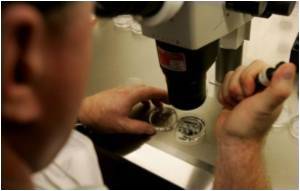Scientists have known that impairment of oral intake occurs in the majority of patients with head and neck cancer (HNC) receiving chemoradiotherapy.

A research article published on February 28, 2011 in the World Journal of Gastroenterology addresses this question. The authors have observed anecdotally that a number of HNC patients who received a prophylactic PEG tube in fact never used them. They performed a retrospective database study of all patients in whom PEG tube was placed for HNC to determine the prevalence of unused prophylactically placed PEG tubes. Data were also analyzed for possible factors predictive of unused PEGs or PEGs used for less than 2 wk.
This is the first study that addressed the issue of use of prophylactic PEG in HNC patients. The result of this study showed that a significant number of patients (47%) with prophylactic PEG tubes never used their PEG or used it for less than 2 wk. No association with PEG use vs non-use was observed for cancer diagnosis, stage, or specific cancer treatment.
The study suggests prophylactic PEG placement prior to HNC therapy is associated with a high rate of non use or limited use. Further prospective studies evaluating specific selection criteria for prophylactic PEG in this setting are needed. Similarly, additional studies are needed to assess the impact of prophylactic PEG tube placement on the cost-effectiveness of cancer care, quality of life, hospital admission rate, and, most importantly, survival.
Source-Eurekalert









